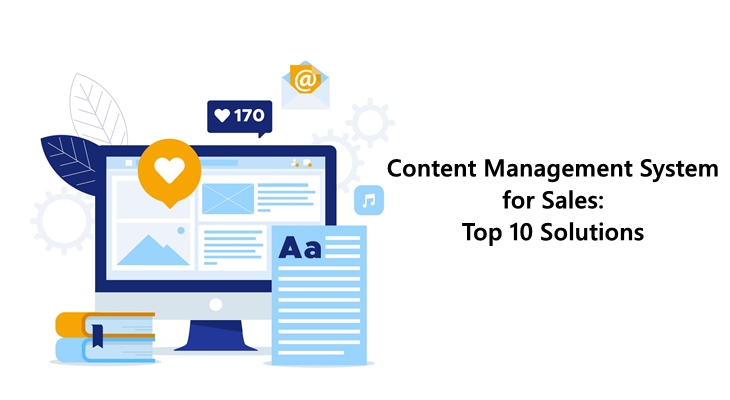Financial Innovation has no boundaries. In any of the sectors, it's booming at the fastest speed. Imagine your financial data being moved between financial institutions without compromising security. Here, the concept of open banking comes into the picture. Open banking is a revolutionary approach to the financial empire of customers, unlike traditional banks, which were conservative about critical information or access to their overall finances. The total value of open banking transactions globally reached 57 billion US dollars in 2023 and is expected to grow in the coming years.
In this article, we will walk down through the concept of open banking and how it can be helpful in your financial endeavors.
What is Open Banking?
The concept of open banking came into effect in 2005 when Henry Chesbrough took inspiration from the term "open innovation." Overbanking is termed as open bank data. It's a type of financial practice that offers third-party providers open access to customers' financial data or transactions using APIs (Application Programming Interface).
However, customers must provide some consent to let the bank allow forex, for example, by checking a box on the terms of service section in an online application. This system works without any compromise on the security aspects, plus it offers room to expand financial services.
Open banking doesn't operate with a motto to end traditional marketing; however, it is a solid ally for helping legacy institutions modernize and stay ahead of the ever-evolving financial market.
The Exact Working of Open Banking
Open banking is a new approach to how customers trade in the financial industry. The main goal is to boost innovation and consumer choices, providing cross-industry collaboration. Working in open banking is straightforward. It utilizes API (Application Programming Interface) to abide by recent legislation such as PSD2.
Further, these APIs establish a secure connection between third-party providers and other financial institutions, allowing the sharing of economic data that's encrypted, authorized, and authenticated. With the open banking service, users can benefit from the additional features of different platforms.
Benefits of Open Banking
In this section, we will explore the benefits of open banking.
- Open banking lets customers share their financial data with third-party providers, allowing them to access a broad range of services.
- It prevents fraudulent financial activities by giving customers more control over their data and who can access it.
- Customers can easily access and manage their financial services from different places in one application. This helps to make the banking experience smooth and a breeze.
- They have more control over their financial data. They choose which data type is shared with whom, boosting their privacy.
Use Cases of Open Banking
Keep reading below to know some of the most popular use cases of open banking.
The point is third-party sources make use of Baas solutions to collect data from different financial institutions through APIs. This gives users a complete review of their financial health.
Account Aggregation
It is one of the critical features that lets users access and manage their credit cards, loans, credit cards, and more with the help of an e-banking app or single banking app.
Payments
Open banking allows users to send money to anyone without paying extra costs in the same country or around the globe.
Credit Score
Another everyday use case of open banking is gathering all the essential financial information of customers in a single location.
The Future of Open Banking
Open banking has paved the way for a new perspective on customers' financial journey. Moreover, its future is anticipated with continued growth opportunities. Further, people need secure financial services in today's digital age.
Alongside, developments are seen in API standardization, security aspects, and greater competition between banks and other third-party financial institutions. It gives companies an edge for innovation and solutions to problems that could never be solved.
Summarizing the Blog
Open banking is a holistic way to your financial journey. When implemented correctly, open banking can do wonders and deliver top-notch results. As traditional barriers collapse, customers are no longer restricted by the limitations of conventional banking.
On the other hand, they're given higher control over their financial data, opening the doors to a personalized and seamless experience.
Read More:
5 Use Cases of RPA in Financial Services








